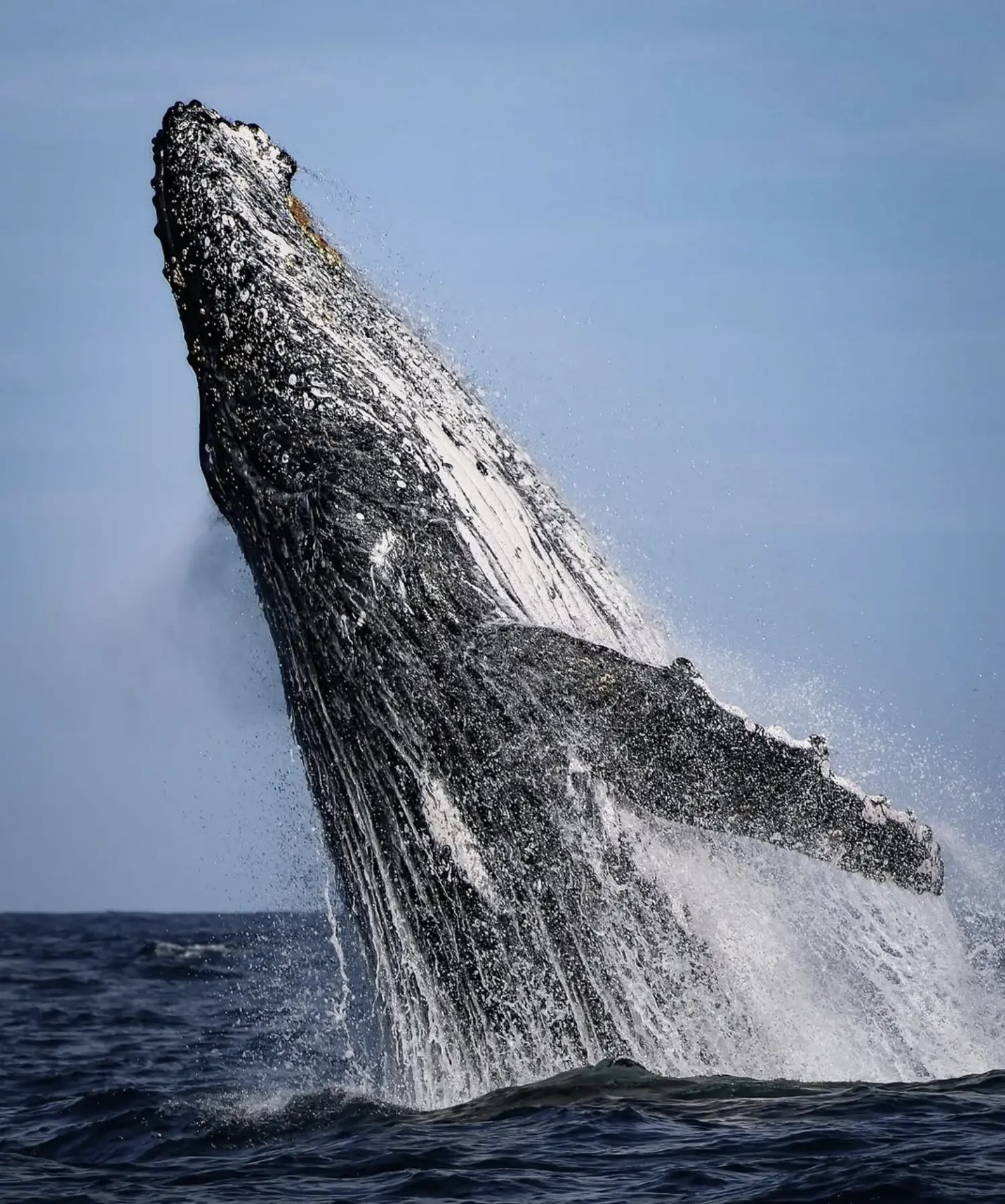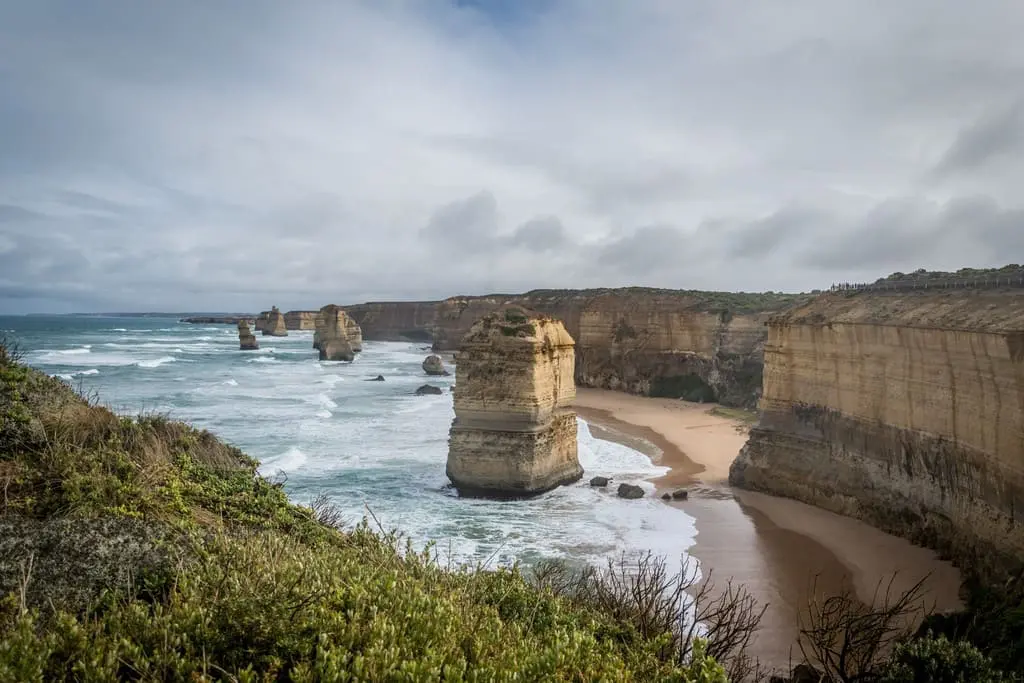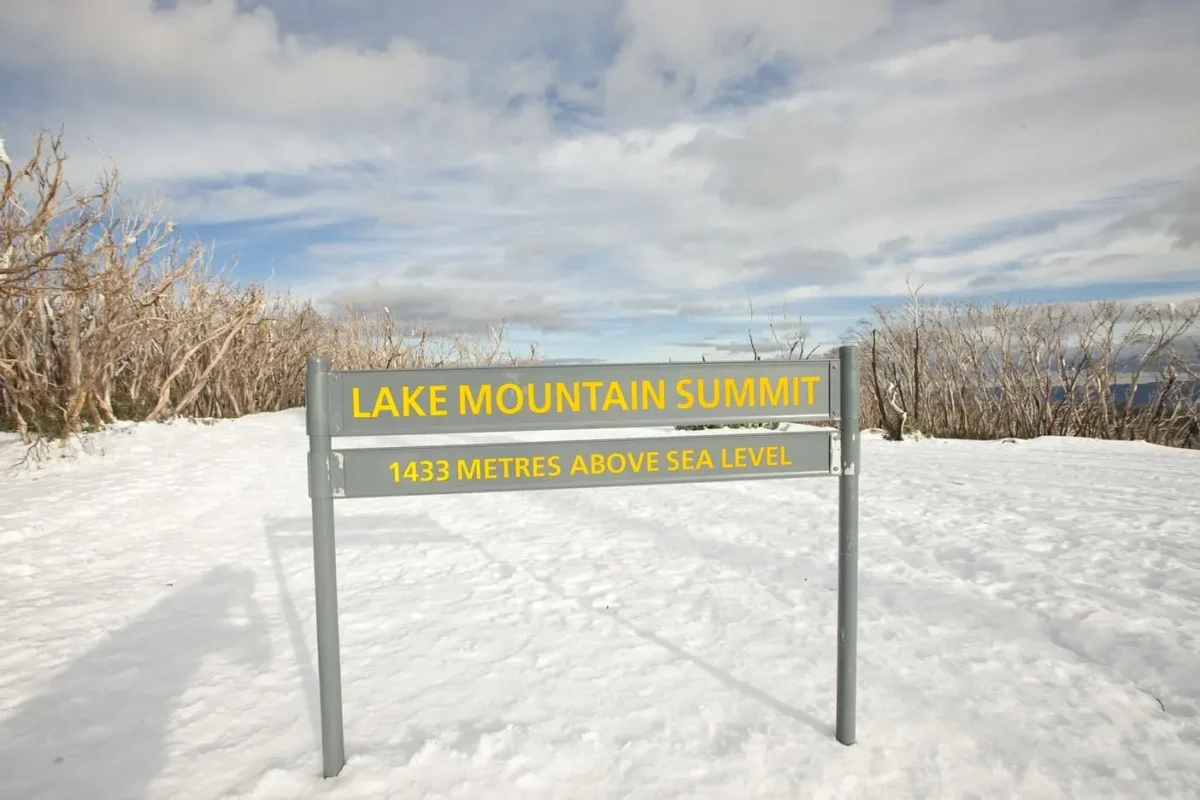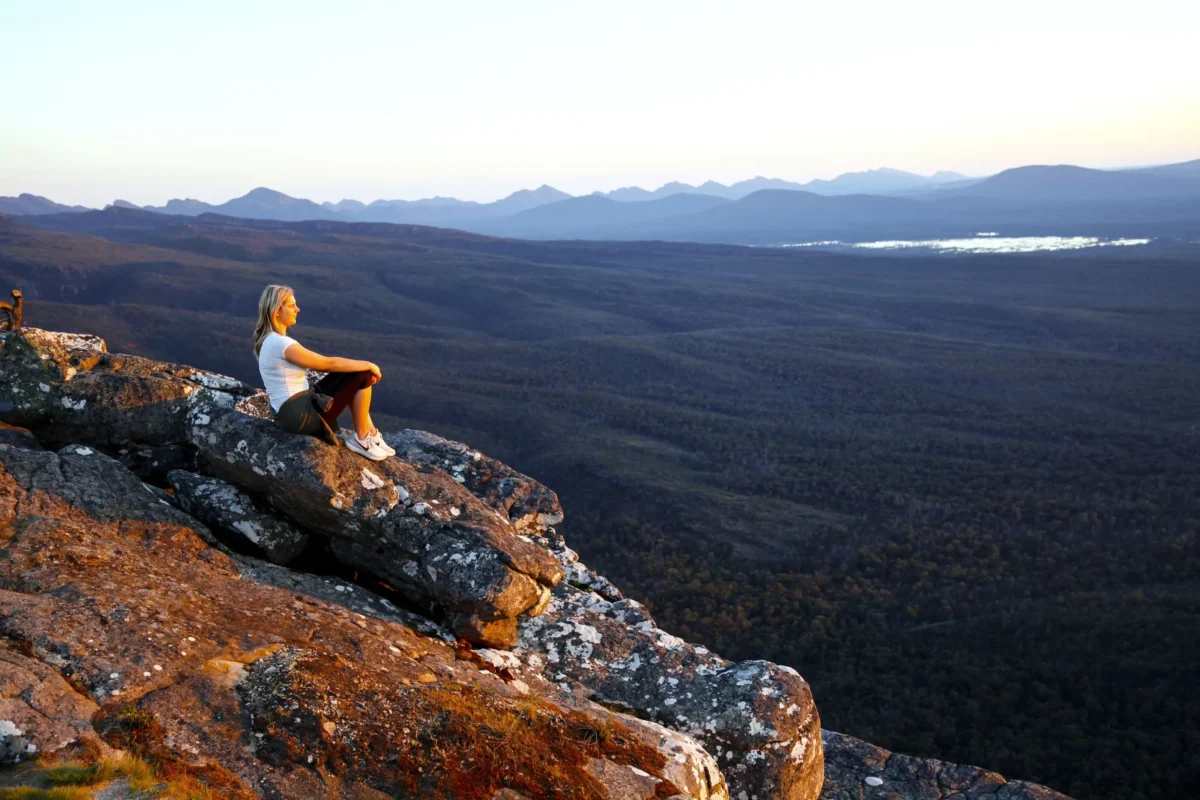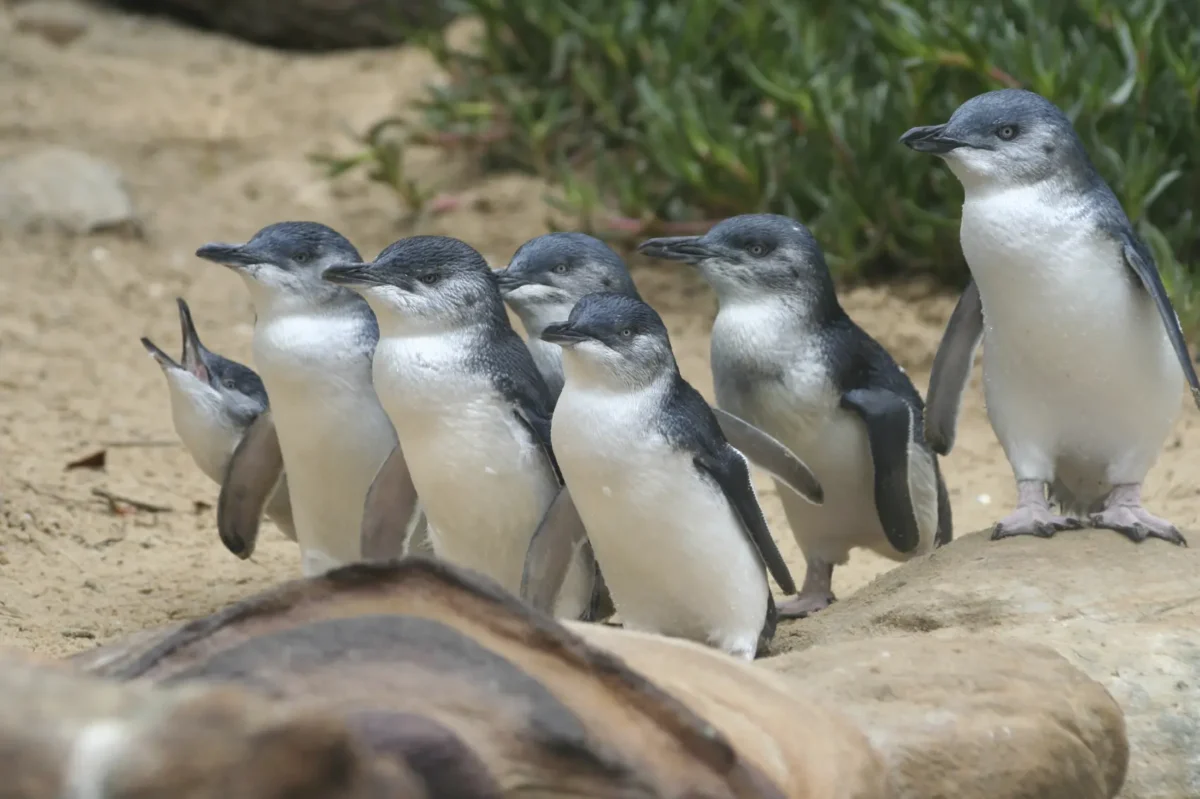
Whale Watching on the Great Ocean Road
When I first followed this stretch for whale watching on the Great Ocean Road, I realised it wasn’t just another scenic drive — it was nature’s version of a slow-motion festival. Driving the Great Ocean Road during whale season is like chasing a piece of Australian heritage. You’re following an ancient migration that’s been happening long before we put down tarmac or built the signs. Every time I see a blow on the horizon, I think about the endurance of these animals — and the simple joy of standing in the salt air waiting for a miracle to surface.
The Great Coastal Road Trip Spectacle
Each year between May and October, thousands of people (and a few locals in beanies with hot coffees) gather at coastal lookouts with cameras at the ready. From Torquay to Portland, this stretch of southern Victoria becomes one of the best whale watching routes in the country. You don’t need a fancy cruise or a telephoto lens — though both help. What you really need is patience, a thermos and a sense of curiosity.
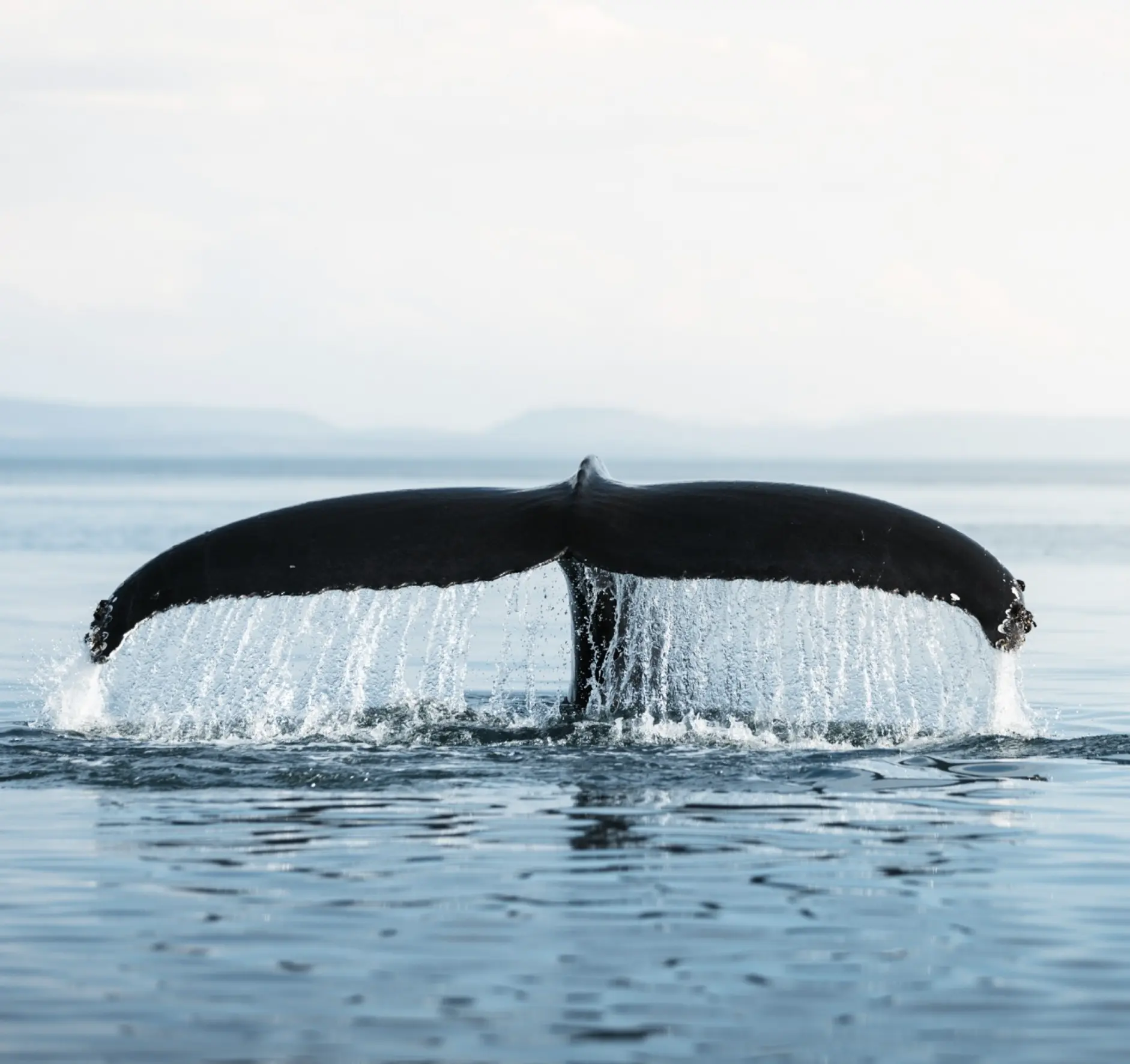
What Whales Can I See?
If you’re new to whale spotting, knowing who’s who makes all the difference. Victoria’s rugged coastline is a seasonal magnet for multiple species — each with its own rhythm and reason for visiting.
| Whale Species | Best Viewing Months | Typical Behaviour | Where to Spot Them |
|---|---|---|---|
Southern Right Whale | June – September | Breaching, nursing calves close to shore | Logans Beach Whale Nursery, Port Fairy, Portland |
Humpback Whale | May – November | Tail slapping, breaching, and long migrations | Cape Otway, Lorne, Apollo Bay |
Blue Whale | December – May (rare) | Deep-water feeding | Offshore Cape Nelson & Portland |
Here’s a quick rundown of the main players: Southern rights are the stars of the show — slow, social and often close enough to see without binoculars. Humpbacks are the show-offs: breaching like giant dolphins and slapping their tails with gusto. If you’re lucky enough to see a blue whale, that’s like spotting a unicorn — the biggest animal on Earth swimming through the Southern Ocean.
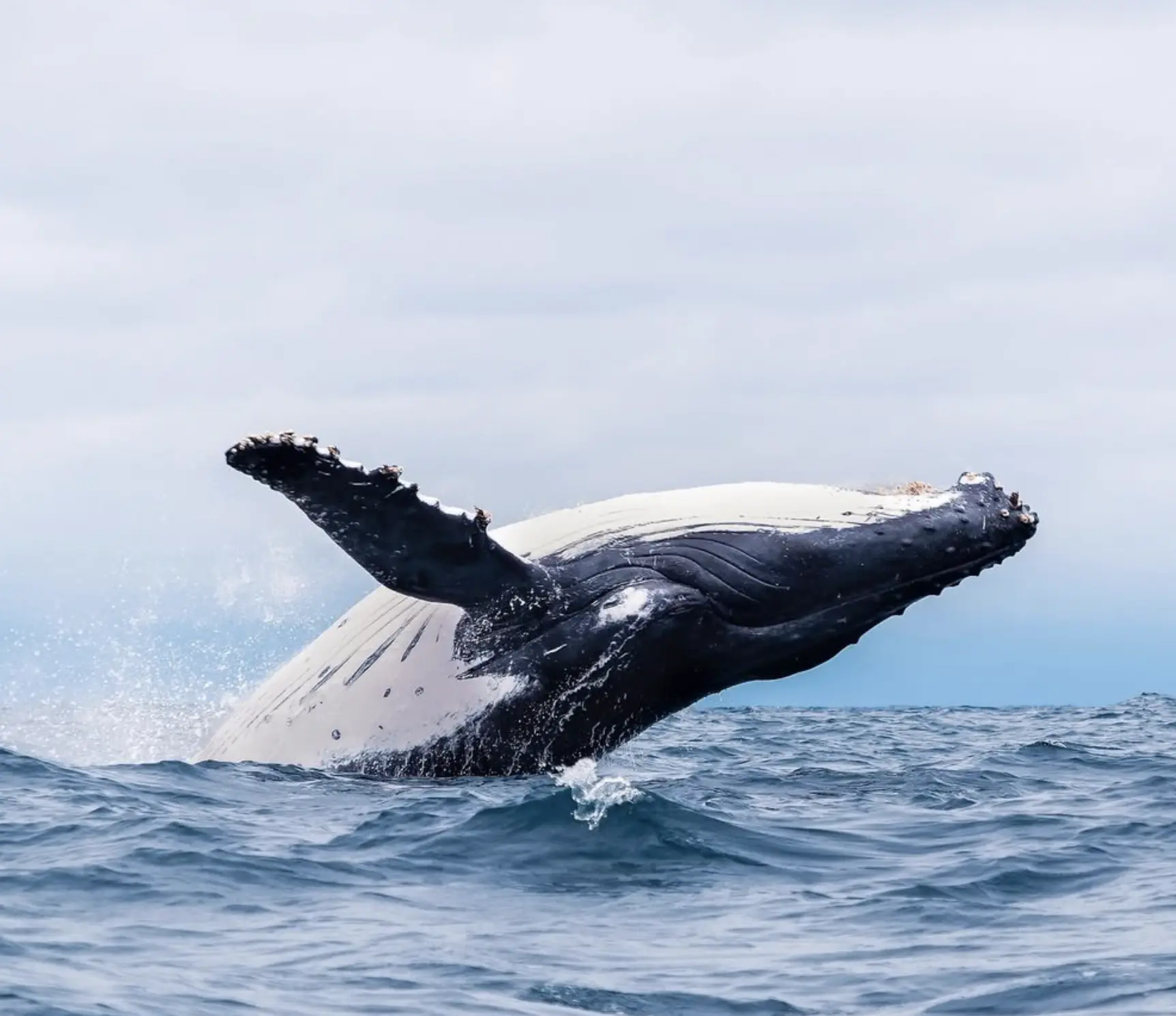
Top Whale Spots Along the Way
If you’re doing a proper road trip, give yourself at least three to five days. The whales follow their own schedule, and the weather can go from postcard to pea soup fog in the time it takes to say “where’d it go?”
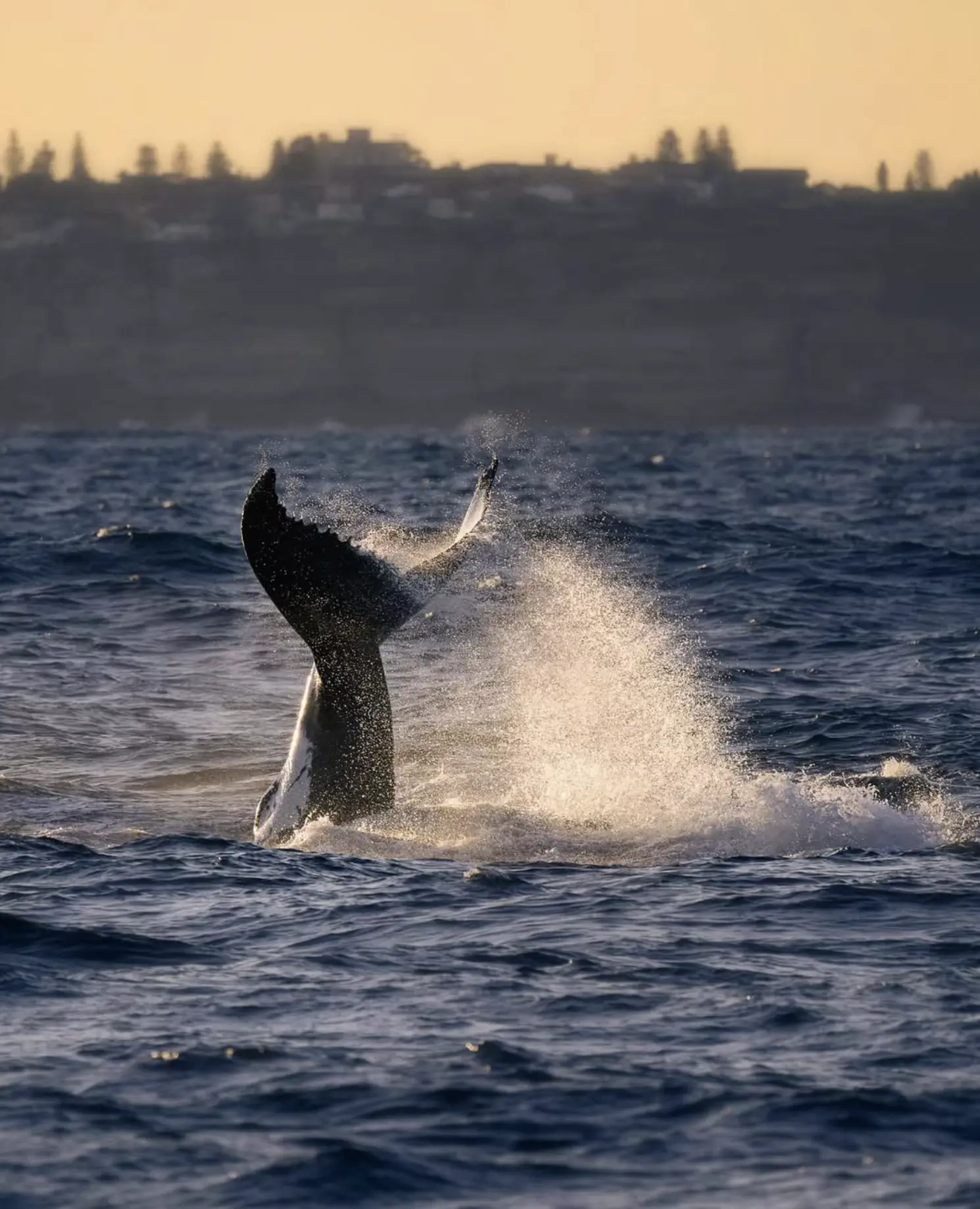
Warrnambool — The Whale Nursery
I’ve spent many a morning here with a thermos in hand and my camera at the ready. The locals joke that Warrnambool’s whales have better attendance records than the weather forecast — and they’re not wrong. The city even marks the start of the Whale Trail, a self-guided route that goes west to Portland.
Fast facts:
Peak season: June to September
Average number of whales sighted: 20–25 adults and calves per year
Best time of day: Morning, with calmer seas and softer light
Bring binoculars, but don’t expect to need them — some mothers come within 100 metres of shore. The Warrnambool Visitor Centre posts daily updates, and the Great Ocean Road Tours Australia team often include Logans Beach in their winter itineraries.
Port Fairy — Small Town, Big Whales
On one trip, I remember watching a mother and calf glide past while the old lighthouse keeper’s cottage glowed orange in the sunrise. It was the kind of scene that makes you forget to take a photo — you just stand there and grin like a kid at a surf carnival.
Port Fairy tips:
Best viewing spots: Griffiths Island causeway and East Beach dunes
Local bite: Get a flat white from Bank St + Co before you head out
Stay: Try one of the old bluestone cottages for a classic coastal feel
Each July, the town hosts the Winter Weekends Festival, where local galleries and cafes celebrate all things cold-weather and coastal — whales included.
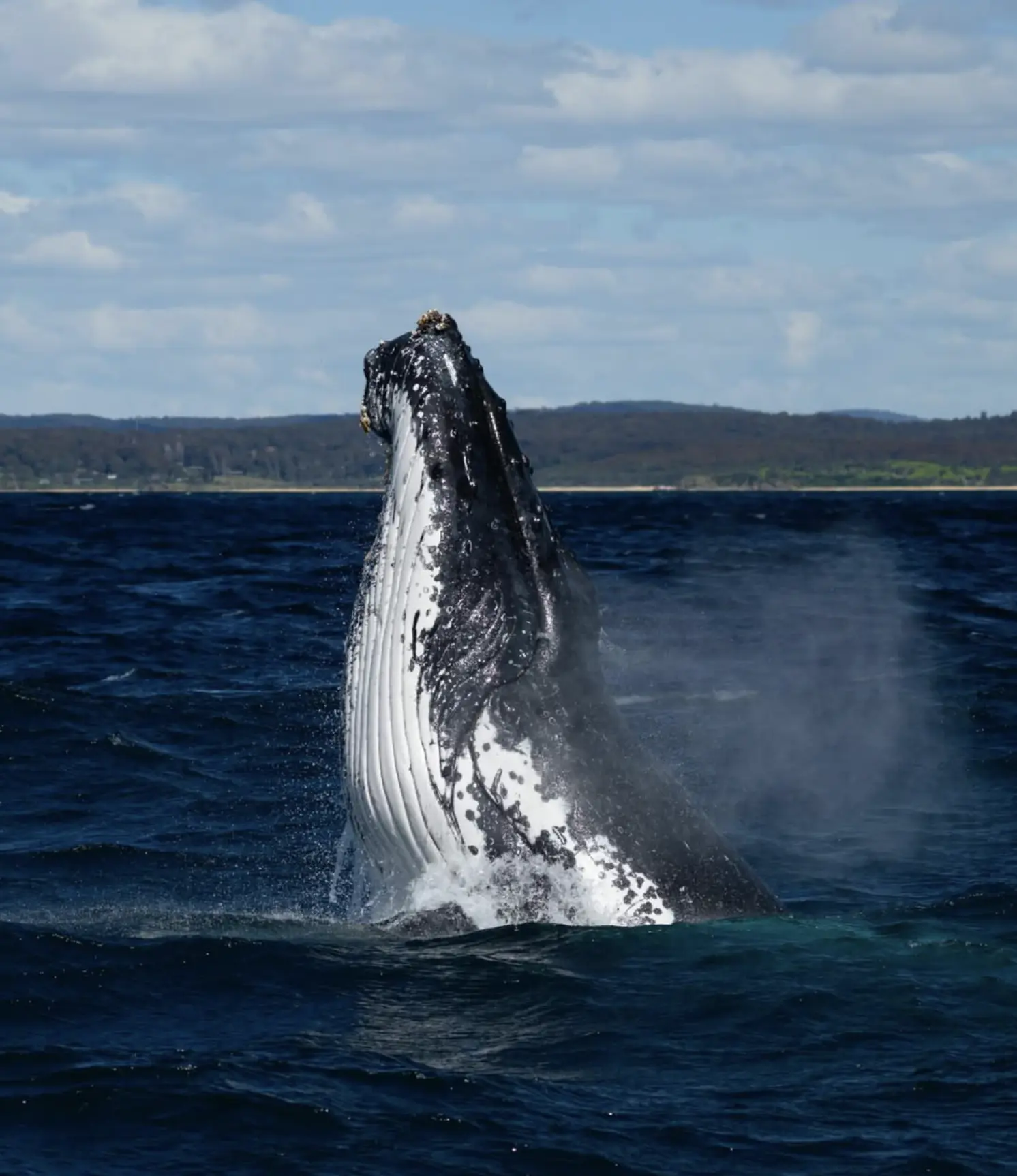
Portland — Deep Water Drama
Keep going west and you’ll hit Portland — Victoria’s oldest settlement and one of the best whale watching towns in Australia. The water is deep, cold and rich in nutrients thanks to the Bonney Upwelling, an oceanographic event that brings krill and with it blue whales.
If you want drama, this is it. The cliffs are higher, the sea rougher, and the whales bigger. I’ve seen blue whales off Portland’s coast that could’ve swallowed my ute whole. The best vantage points are Portland’s Blowholes, Cape Nelson Lighthouse and Cape Bridgewater.
Local volunteer group Portland Bay Whales tracks sightings and posts them online. If you want serious whale action, this is where the pros come to point their lenses.
Stat snapshot:
Blue whales: up to 30 metres long, 120 tonnes
Humpback population in migration corridor: 30,000+ individuals pass the southern coast annually
Portland sightings (average): 200+ per season
You can join a guided cruise from Portland Marina — but book early. Those boats fill up faster than a pub on grand final night.
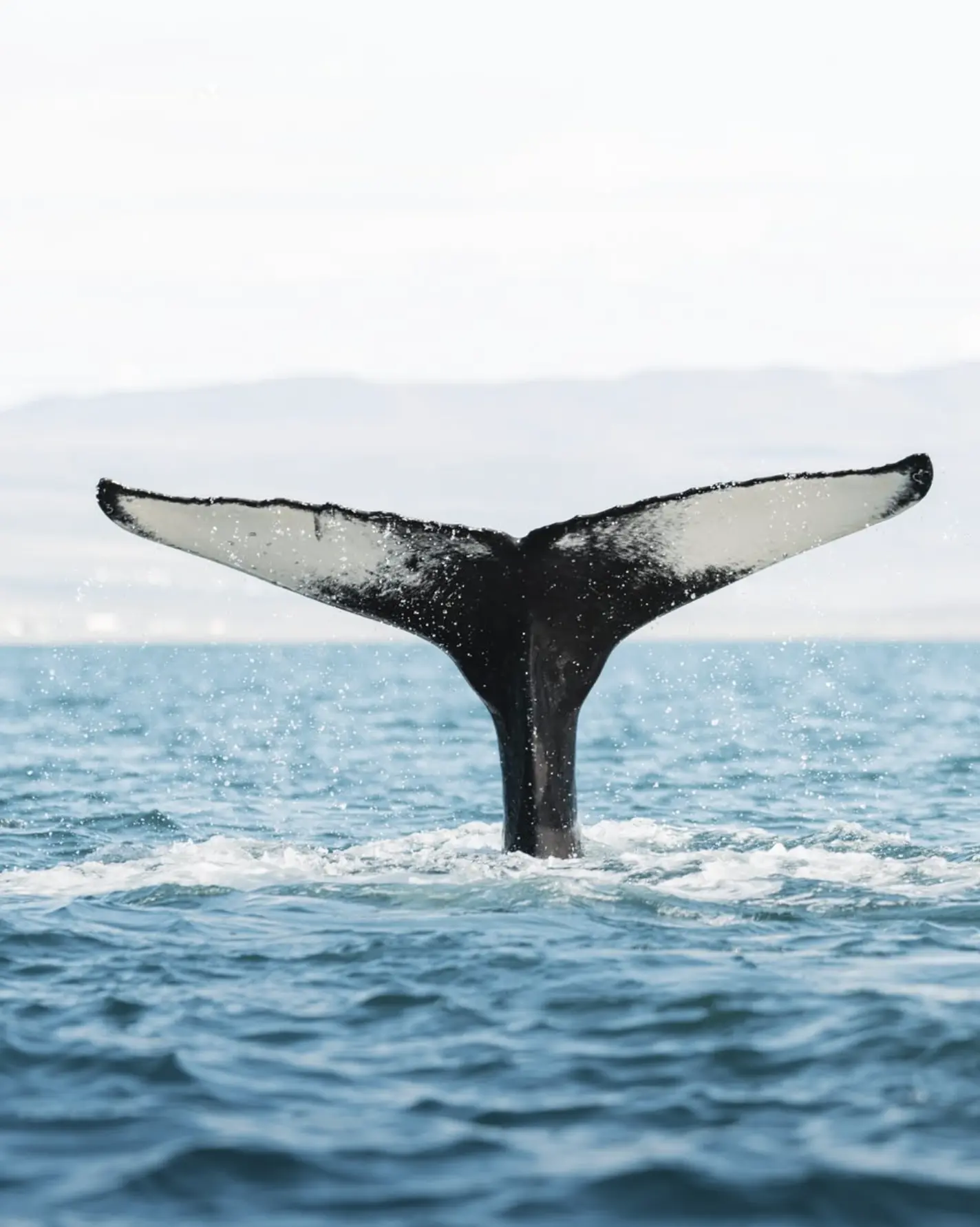
Lorne — Surf Town Meets Whale Watchpoint
The view from Teddy’s Lookout is hard to beat — a sweep of ocean framed by the Great Otway Ranges. On calm mornings, the sea looks like glass, broken only by the flick of a tail. Add a hot pie from the Lorne bakery and you’ve got yourself a proper Aussie whale watching picnic.
Whale watchers’ checklist for Lorne:
Binoculars (8×42 recommended)
Warm layers — the wind off Bass Strait bites
Thermos of tea or coffee
Patience (lots of it)
Local whale hotline: 1300 136 028
When I used to run small group tours through this area, we’d stop at random headlands just because someone would yell “blow!” from the back of the bus. Nine times out of ten, it was a whitecap. But that tenth time? Gold.
Tours and Cruises
Popular options:
Southern Ocean Explorer (Warrnambool): 2-hour whale watching from Logans Beach Marina.
Portland Eco Charters: Specialises in Blue Whale expeditions off Cape Nelson.
Apollo Bay Adventure Cruises: Scenic runs near Cape Otway Lightstation.
Phillip Island Tours Australia: Connects Phillip Island’s penguin and seal colonies with the Great Ocean Road’s whale migration for an all-in-one wildlife adventure.
Each tour includes expert commentary, safety briefings and stories about marine life recovery – proof that eco-tourism and conservation can share the same deck.
Pro tip: take motion sickness tablets if you’re going out in winter. The Southern Ocean doesn’t do gentle.
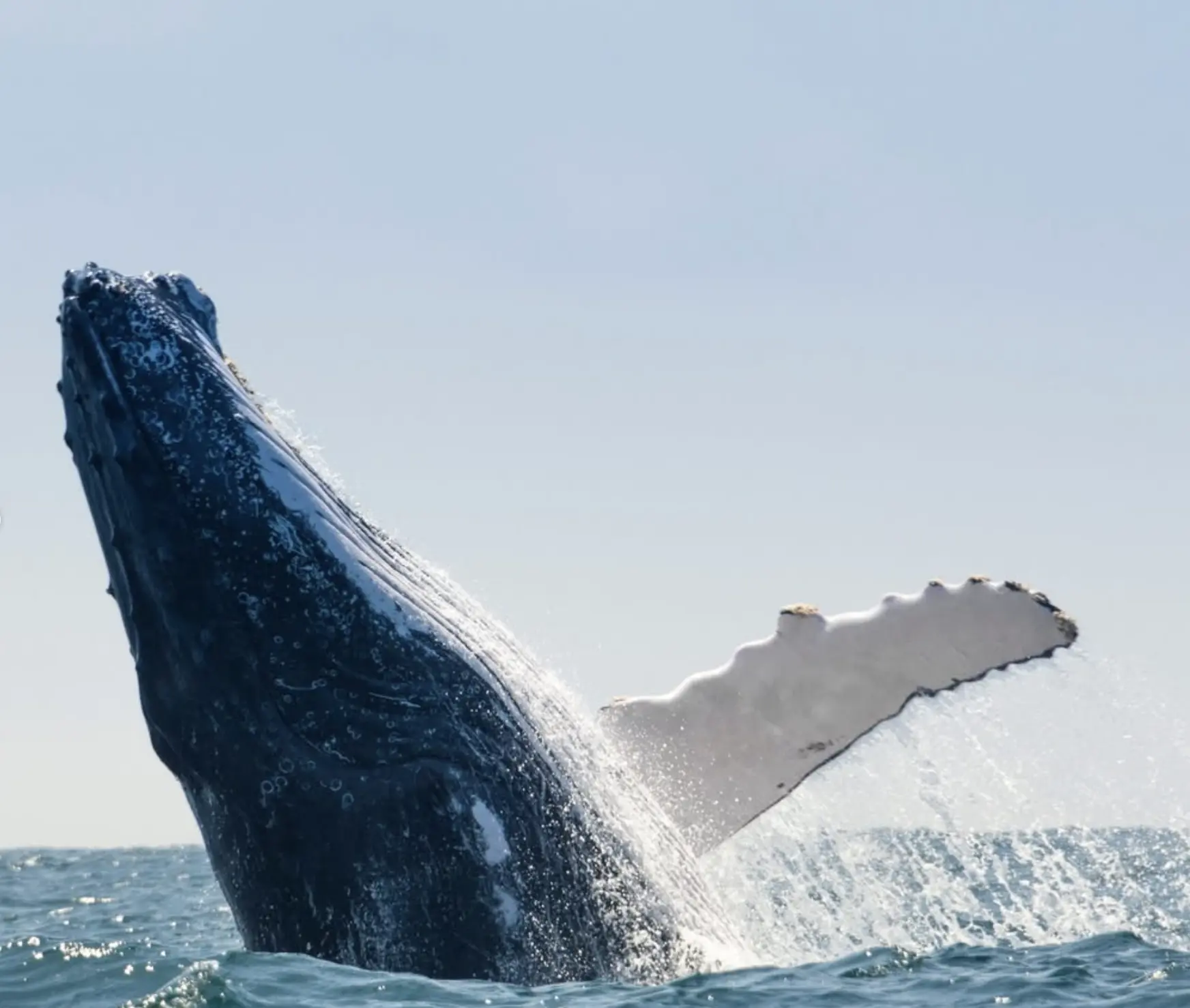
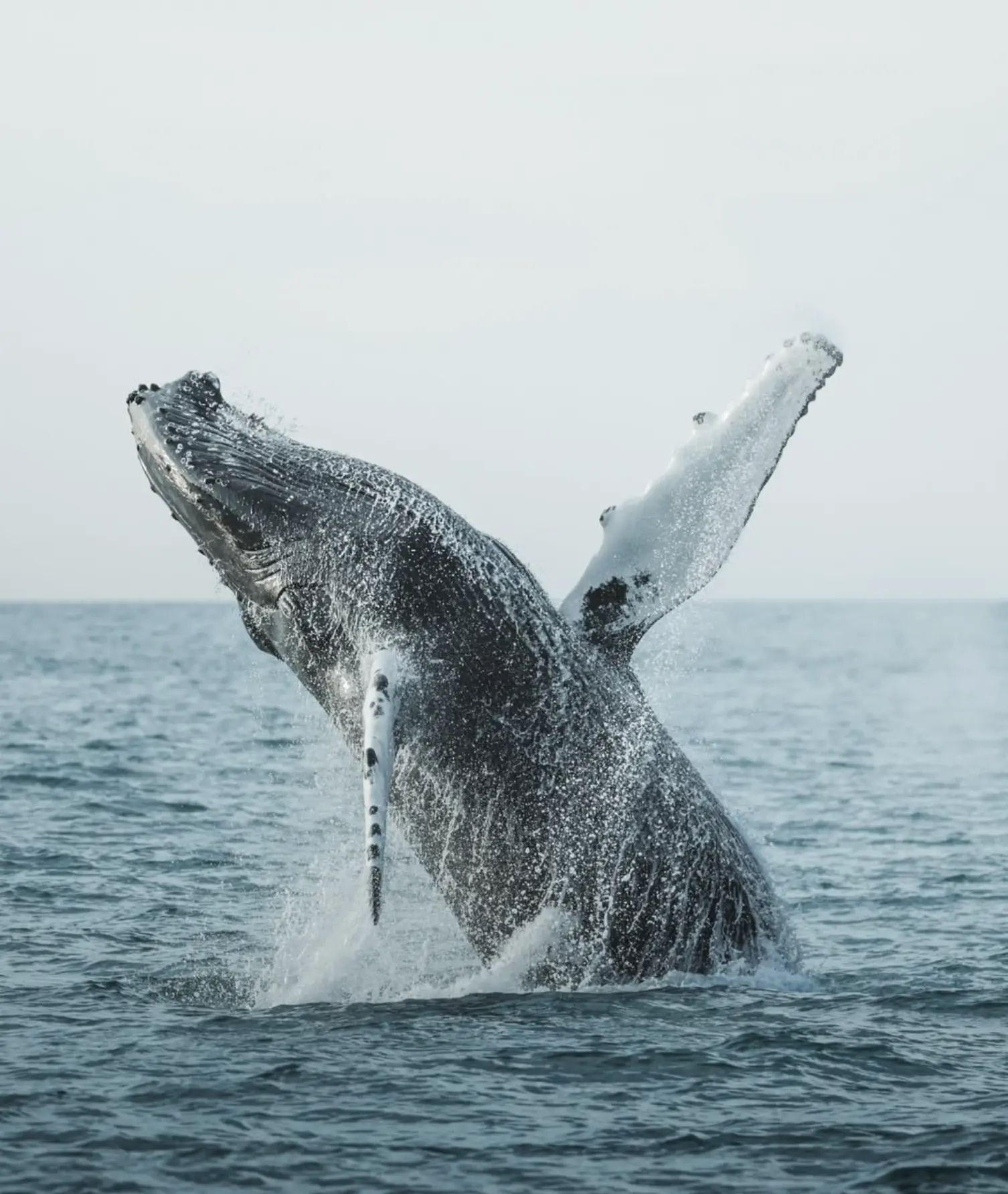
Local Events and Festivals
Warrnambool Winter Whale Trail: A self-drive route linking Flagstaff Hill Maritime Village, Port Campbell National Park, and Portland, with Whale Viewing Platforms and cultural markers.
Port Fairy Winter Weekends: Arts, markets and food events celebrating coastal life.
Portland Whale Festival: Marine talks and family activities at the Portland Maritime Discovery Centre.
The Worn Gundidj Co-operative also offer guided walks combining Indigenous heritage, language and whale stories – a reminder that these marine monsters are part of deeper lore, not just wildlife shows.
Personal Yarn — The Day the Whale Turned Up Late
That’s the magic of whale watching: you can’t script it. You wait, you hope, and when it happens, it feels like a reward for showing up.
